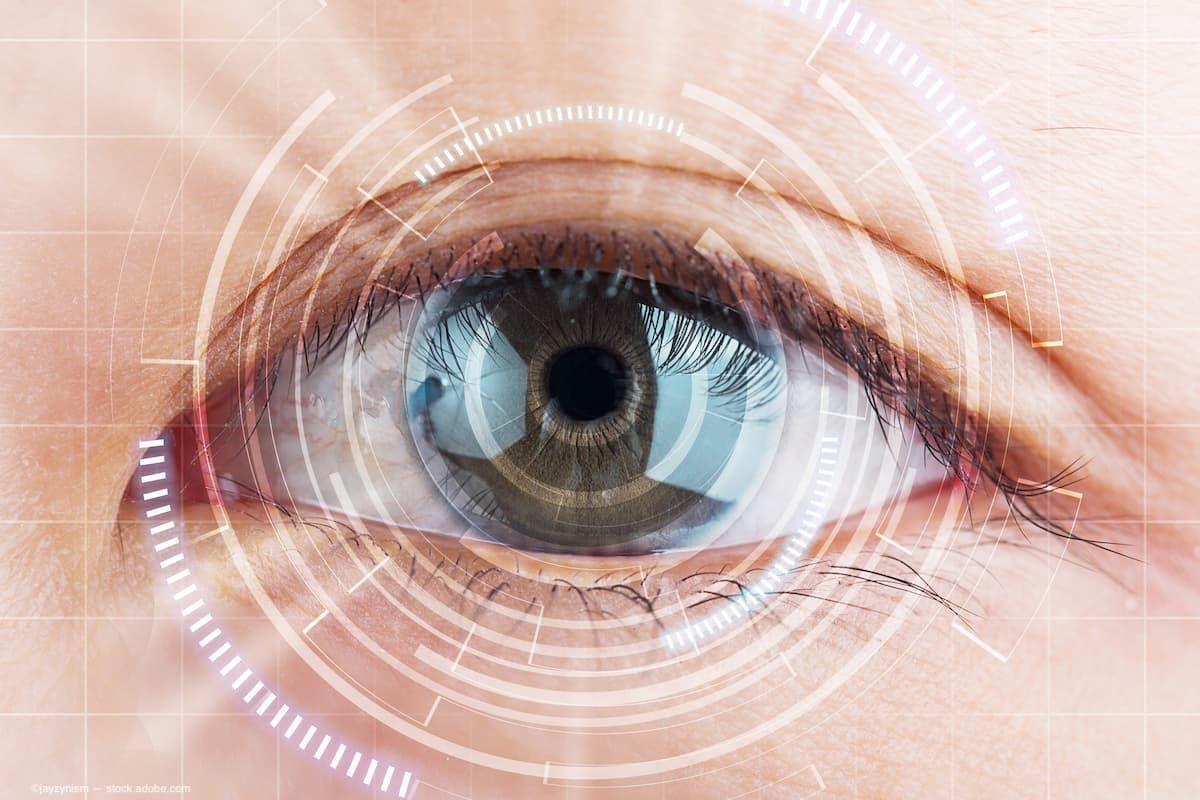- COVID-19
- Biosimilars
- Cataract Therapeutics
- DME
- Gene Therapy
- Workplace
- Ptosis
- Optic Relief
- Imaging
- Geographic Atrophy
- AMD
- Presbyopia
- Ocular Surface Disease
- Practice Management
- Pediatrics
- Surgery
- Therapeutics
- Optometry
- Retina
- Cataract
- Pharmacy
- IOL
- Dry Eye
- Understanding Antibiotic Resistance
- Refractive
- Cornea
- Glaucoma
- OCT
- Ocular Allergy
- Clinical Diagnosis
- Technology
Cataract treatment most effective disease interventions: new study
(Image Credit: AdobeStock/jayzynism)

New research by The Fred Hollows Foundation has found cataract surgery provides one of the largest investment returns of any disease intervention, bolstering calls for greater spending on global eye health aid.
The analysis with Victoria University found that, on average, every dollar invested in cataract treatment returns $20.50 USD.
Cataract surgery can provide more than double the return on investment compared to programs aimed at cardiovascular disease, adolescent health, and maternal and child health, the study also found.
It examined 19 countries across Oceania, Asia, North and Sub-Saharan Africa, and the Middle East that collectively account for nearly 40% of the global disease burden from common eye problems.
It also reveals that every dollar invested in tackling the two leading causes of blindness globally,cataract and refractive error, delivers an economic return of $9.40 USD.
“The findings bolster the case for greater collective investment from government, non-government, philanthropy and the private sector to meet the 2030 global eye care targets,” Fred Hollows Foundation Senior Global Health Economist Jack Hennessy said.
“This research is a key step forward in our efforts to end avoidable blindness – showing the way forward for greater investment in eye health programs.
“This requires an urgent multi-sector approach – across government, non-government, philanthropy and the private sector – re-doubling efforts to scale up programs to treat cataract and refractive error.”
Fast facts:
- Globally, 43 million people around the world are blind and at least 1 billion people have untreated or preventable vision impairment.
- Without urgent action, 1.7 billion people are forecast to be living with avoidable vision impairment by 2050.
- Every $1 USD invested in treating cataract delivers an economic return of $20.50 USD.
- Every $1 USD invested in treating myopia delivers an economic return of $10.80 USD.
- Every $1 USD invested in treating presbyopia delivers an economic return of $8 USD.
- Every $1 USD invested in tackling the two leading causes of blindness in the world delivers an economic return of $9.40 USD.
- World Health Organisation 2030 eye health targets – a 40% increase in refractive error coverage and 30% increase in cataract surgery coverage – are in danger of being missed without greater global investment.
